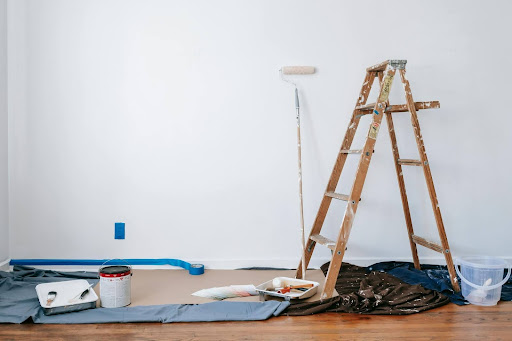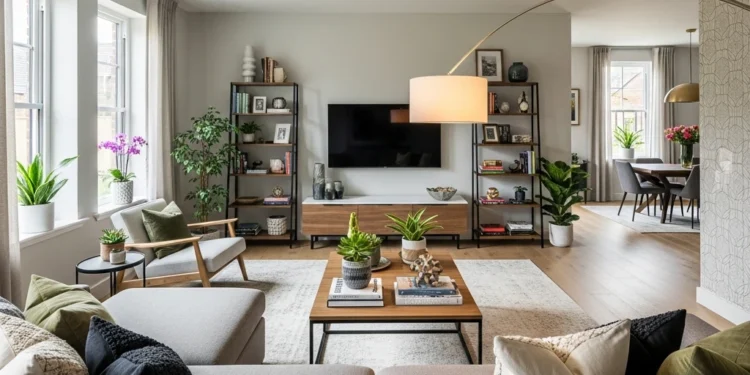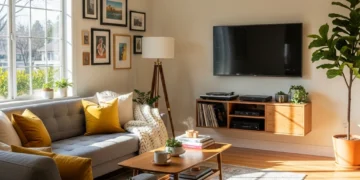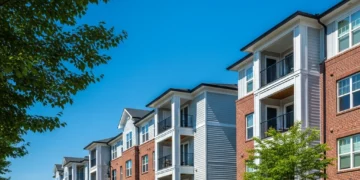House painting always looks simple from the outside. A couple cans of paint, a few rollers, done. Then the estimates come in and it’s a whole different story. A quick search might tell you there’s a set cost per square foot, but real numbers never land that neat.
Prices move around depending on the house, the crew, and even the season. Paint itself isn’t all that expensive, but the hours behind the job push the bill higher. That’s why one bid can come in way lower than another, even for the same walls.
So what’s typical in 2025? A few patterns hold. Interior work usually stays cheaper than exterior work. Prep tasks and regional quirks—think Midwest winters or coastal humidity—change the numbers. Knowing the breakdown makes it easier to tell if a quote’s fair or padded.
Interior vs. Exterior Costs
Inside the house, expect $2 to $5 per square foot of wall space. That covers both labor and materials. A bedroom runs six hundred to twelve hundred dollars. A living room with vaulted ceilings, more.
Exteriors climb higher. Three to seven dollars per square foot is common now. The difference comes from ladders, scaffolding, heavy-duty paints, and the extra hours it takes to scrape or patch.
Companies like Brothers Colors Painting note that exterior projects almost always require extra prep and cleanup, which pushes the totals higher than most homeowners expect.
Labor vs. Materials
Most painters will tell you labor is the big chunk—around seventy percent of the bill. Materials make up the rest. In 2025, a gallon of quality paint averages forty-five to seventy dollars. Coverage hasn’t changed much: one gallon usually stretches 350–400 square feet per coat. But nearly all walls need two coats. So while materials matter, they don’t drive the total like labor does.
Prep Work That Adds Up
The quickest way for a quote to jump? Prep. Fixing drywall, sanding, taping, priming—all of it takes time. Outside, it gets tougher: scraping old paint, power washing, replacing wood. Contractors don’t skip these steps because skipping them means the new paint won’t hold. But each one raises the bottom line.
Regional Factors
Location matters too. In the Midwest, snow and humidity beat up siding, so painters often use tougher formulas. That means higher costs. In areas with gentler weather, the same job can be cheaper because the paint holds longer and fewer coats are needed.
A Simple Formula
Want a rough idea before calling anyone? Multiply the square footage by the going rate. Example: 1,000 square feet of interior wall at three dollars per square foot comes out to about $3,000. It’s not exact, but it gives a ballpark.
DIY or Hire Out?
Doing it yourself saves money in small rooms. If you own the tools and don’t mind a weekend of work, it makes sense. Larger homes, tricky exteriors, or tight schedules—better left to a crew. Pros bring speed, insurance, and a finish that usually looks sharper.
And while the crew is there, some homeowners look at bigger changes—fresh siding, or even deciding to transform your home with exceptional windows for a complete update.
Getting Fair Bids
The smartest move is comparing multiple quotes. Look for ones that list prep work, number of coats, and cleanup. Details matter. For instance, a South Bend painting company lays out scope, timelines, and standards in writing. That kind of transparency helps you line bids up and see who’s really offering value.












